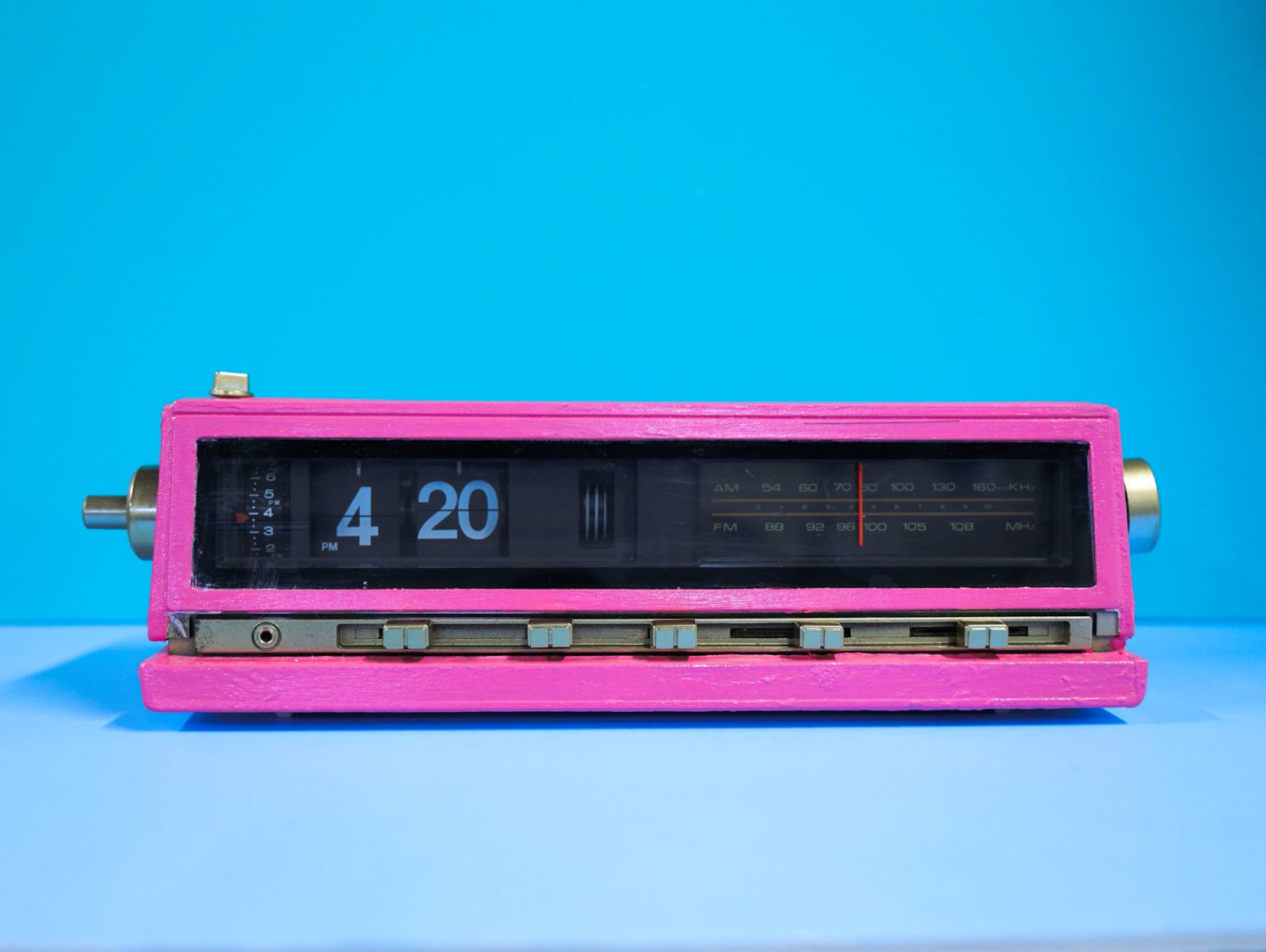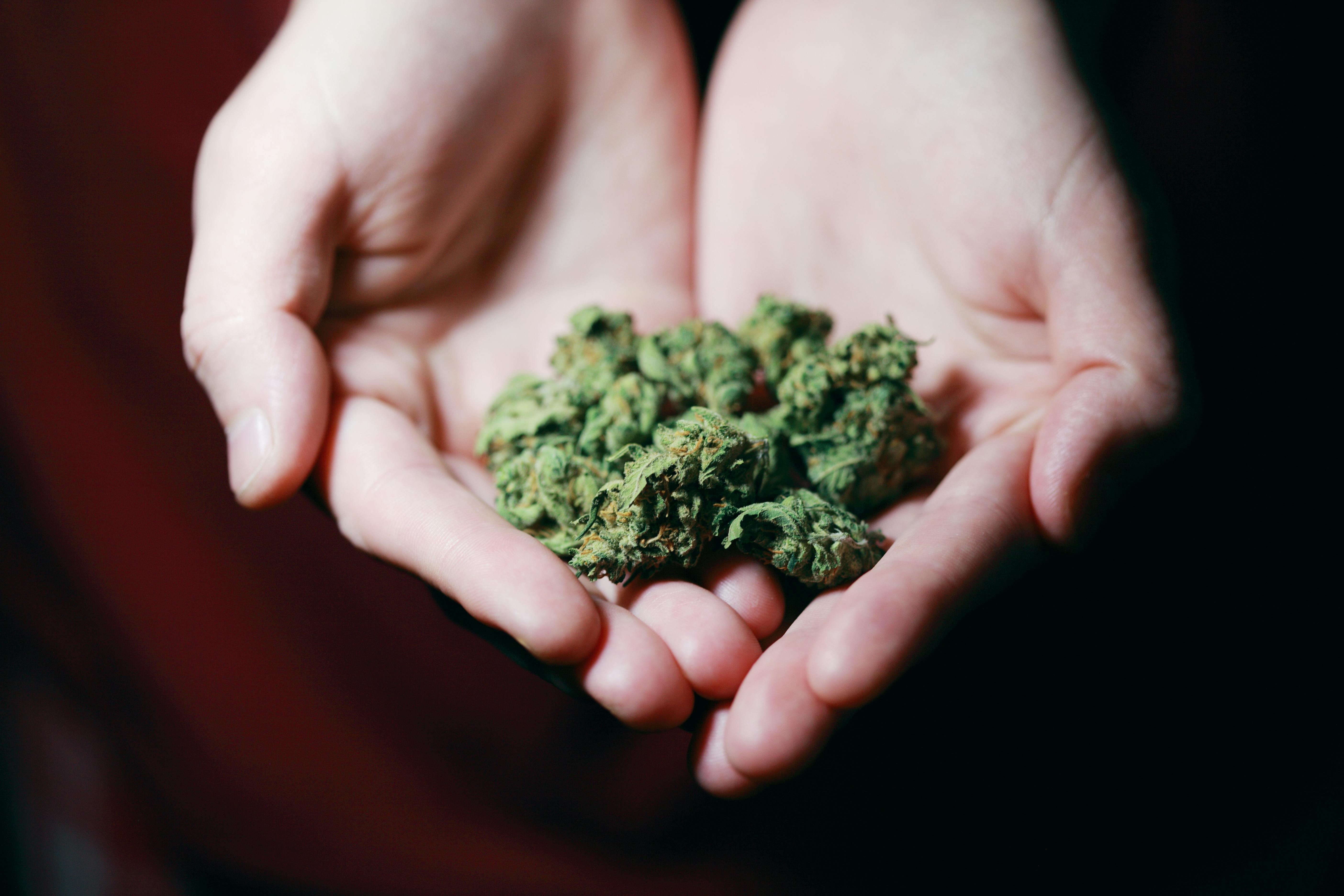'420' is a numerical indicator that whatever the term is linked to is cannabis friendly. Consumers have decorated all types of apparel and glassware with the term, attached it to business names and social media accounts, and even tattooed it on their bodies.
Every year on April 20 (4/20), hundreds and even thousands gather to celebrate their love, appreciation, and connection to the cannabis community at various events and festivals held worldwide. Some consumers are even tempted to consume when the clock strikes 4:20.
But what exactly does 420 stand for? And why those numbers? Some believe it's police code for cannabis-related offenses, while others credit a Bob Dylan song. But one story sticks out and reigns supreme as the go-to, most accurate version of how 420 became the universal code for cannabis.
What does 420 mean?
The term' 420' is associated with anything that pertains to cannabis. You may see the phrase "420 friendly" listed for events that indicate consumption of cannabis may be permitted. Sometimes you'll see '420' tacked onto business names or social media hashtags and handles. Where ever it's located, it's the green light that cannabis culture is accepted.
The truest story of the term 420– An introduction to The Waldos
I may be partial to this story because I am specifically from California – Bay Area region, and that's where this story originates. But a large portion of the cannabis community also agrees this is the most accurate tale of the term, and there's a good amount of evidence to support its validity.
420 came to be because of a group of friends nicknamed 'The Waldos'. In the 1970s, these five young men would hang out by a wall (hence their name) at a San Rafael High School in California. The story goes that a Coast Guard had a hidden cannabis crop he could no longer tend to, so he made a map and handed it off. However, it's unclear if it was given to The Waldos directly.
Either way, they ended up with it, and at least once a week would meet up after school and their sports practice at 4:20 pm to start their search for the hidden treasure. They'd smoke and then venture out to find their green gold.
The group did an interview with Huffington Post in 2017 where they explained that they would use the term '420' as code to one another in the halls at school to remind one another about the search plans discreetly. The original phrase was '420-Louis' since they met at the Louis Pasteur statue, but 'Louis' was dropped shortly after.
The Waldos never found their cannabis crop treasure, but the term transcended far beyond their original dreams.
What about The Grateful Dead – didn't they invent the term?
The Grateful Dead (A legendary Bay Area-based rock band formed in 1965) has also been credited for the term '420' ’s popularity.
The story of The Waldos and their canna treasure hunt is the link to the band, as a few Waldos are directly connected to the musicians and their events. Word of mouth at these Deadhead events (and I'm sure during the passing of many joints) made it known that 4:20 was the best time to consume and enjoy cannabis and a general code for cannabis-related activities.
In the 1990s, the term 420 became even more popular when a High Times journalist Steven Bloom found a flyer at a Grateful Dead concert. It read, "We are going to meet at 4:20 on 4/20 for 420-ing in Marin County at the Bolinas Ridge sunset spot on Mt. Tamalpais."
From there, the publication's editor used it to refer to anything cannabis related. Then the term took on a life of its own.
The other tales of 420
A few other origin stories of 420 often get tossed into the mix.
One of the oldest stories is that the term was code for police and lawmakers for cannabis-related material and offenses. While this may be true in today's society, it wasn't the case back in the 1970s.
The other is that Bob Dylan coded it into lyrics in a song called "Rainy Day Women No. 12 & 35," which has the iconic lyric, "Everybody must get stoned." 12 times 35 is 420. While the song was released in the 1960s, pre-Waldos day, the title is more a reference to cannabis than the numbers. Rainy Day Woman, Dylan explains in Times 1966, is a common term for a 'marijuana cigarette.' The numbers are the ages of two women who entered the studio the day Dylan recorded it.
The rest is 420 history.
The tale of The Waldos comes with various bits of evidence, the most recent being the interview with Huffington Post. One of the group members shared with the publication the most telling pieces of evidence are tucked away in a San Francisco bank vault – A 420 tie-dye flag, a newspaper clipping of one of the Waldos saying they wanted to use the term in their graduation speech, and postmarked letters filled with endless 420 references.
Whether you're a cannabis enthusiast or simply intrigued by the cultural phenomenon its become, the meaning of ‘420’ remains the same. Next time you see the term engraved in art or mentioned in an event, take a moment to appreciate the legacy behind it and the unique ways it has made its way into our modern-day culture and continues to be a universal sign of all things cannabis.




SUBMIT YOUR COMMENT